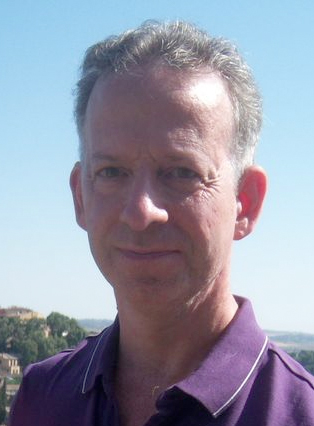I set the initial equity (capitalization) of $50m from the pension funds, which is (in thousands): $507,827, when Pension and Private Purpose trust funds are totaled. $50m is a bit less than 10% of these fund totals. There is additional money in other city funds as well, but the need for repayment might be sooner on those so using 10% of the pension fund is cleaner, and is more than adequate. Green highlighted figures in the Assets section are broken out of the blue enterable Initial Equity figure in column J, repeated on each year's spreadsheet for convenience. Unlike the sample spreadsheet from Moore, I broke out cash separately.
It is critical to know your initial equity before proceeding further.
Note that the "Bldg & equip. Net" figure is the only calculated component of the Initial Equity and is derived from the Startup and Fixed Costs Spreadsheet, accessible from that tab. You will need to complete this section before proceeding to enter the remainder of your initial equity, split between Reserves and Cash.
Operating ratios in Year 1 are higher than they will be in later years because there are few loans but a relatively high amount of Common Stock. Common Stock will be reduced as we put this money to better use in making loans in later years when there are more retained earnings to add up to total Equity.
In year 2, the situation changes:
The Operating Ratios are compliant. However, if your minimums are significantly higher, you will need to have higher Retained Earnings (this is carried over from the previous year) and/or more Common Stock. Note that Common Stock is a bit of a misnomer in the Public Bank scenario because the city/state owns the entire bank as the sole shareholder anyway and does not sell stock to the public. Technically, this is called a Doing Business As (DBA) enterprise, as in the Bank of North Dakota is doing business as the state of North Dakota. The same holds true for the Bank of Oakland. Later on, when the Retained Earnings climb high enough, we can recycle that Common Stock back into the bank, perhaps using it to make ordinary loans (which is the most profitable thing the bank can do), or to do other things, as long as they comply with regulations.
You may have noticed that not all money on deposit - $400m -- is lent out the first two years. This is not just because there are no potential worthy borrowers, it is also to keep the Operating Ratios above the mandatory minimums.
In year 2, Common Stock is decreased to $23.16m and in year 3 retained earnings climb from $0.66m to $3.72m so it becomes easier to make more loans. All loans are set against the $400m Deposit Base, including for the first time in year 2, loans to other banks, so it is important to keep these four numbers -- Bank Loans, Ordinary Loans, Govt Securities (i.e. Treasuries), and Common Stock within the $400m GFR figure in this example.
Note that in year 3, we start repaying the initial equity to the pension fund; the Dividend % of Estimated Net Earnings is 40% (see column L). The annual dividend is automatically calculated above this hand-entered percentage. This payout will increase yearly to 50% in year 4, 60% in year 5, 65% in year 6, and 70% in years 7 and 8.
Note also the calculation at the far right of this sheet: # of years to repay initial equity + 2 non-dividend yrs. In year 3, this is 33.97 years, but that is because we have only had one year of paying dividends out of 3 at this point, and that was only 40% of the Estimated Net Earnings Rate. The dividend rate will climb higher in years 4 - 8, making repayment to the pension fund in this scenario in under 18 years, (see Year 8) even assuming the bank makes no payments in the first two years (so, really, it's 16 years to repay).
Note this line in the middle of each yearly sheet:
0.0
This calculation will adjust automatically as you adjust the assets, liabilities and equity. The Difference should = 0.0 if component figures are entered correctly.
Next Page 1 | 2 | 3 | 4 | 5 | 6 | 7 | 8 | 9 | 10 | 11
(Note: You can view every article as one long page if you sign up as an Advocate Member, or higher).





